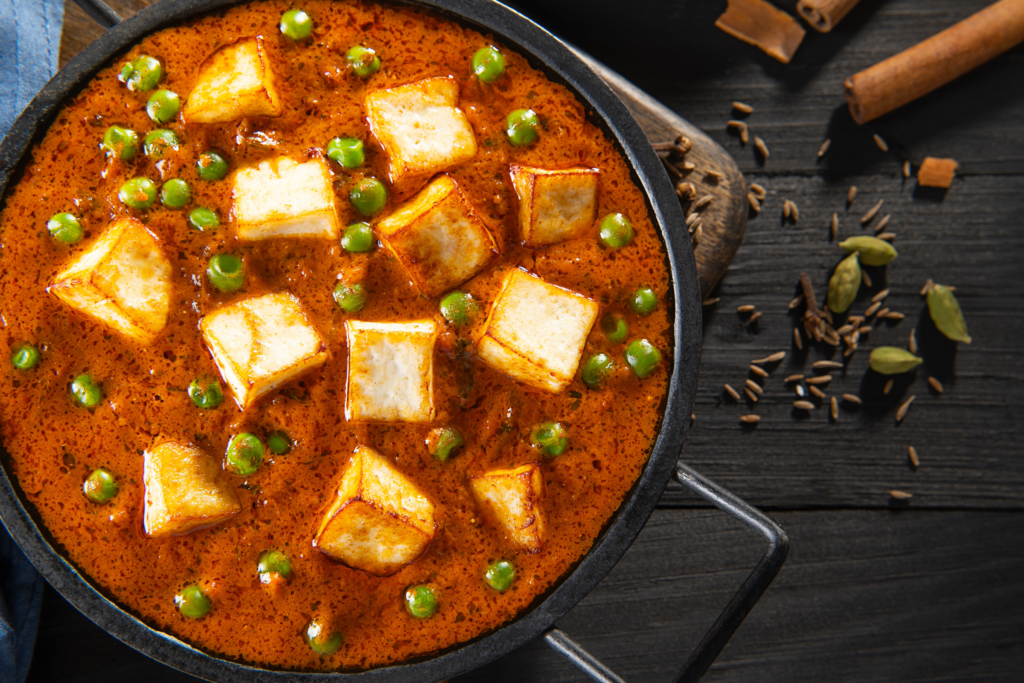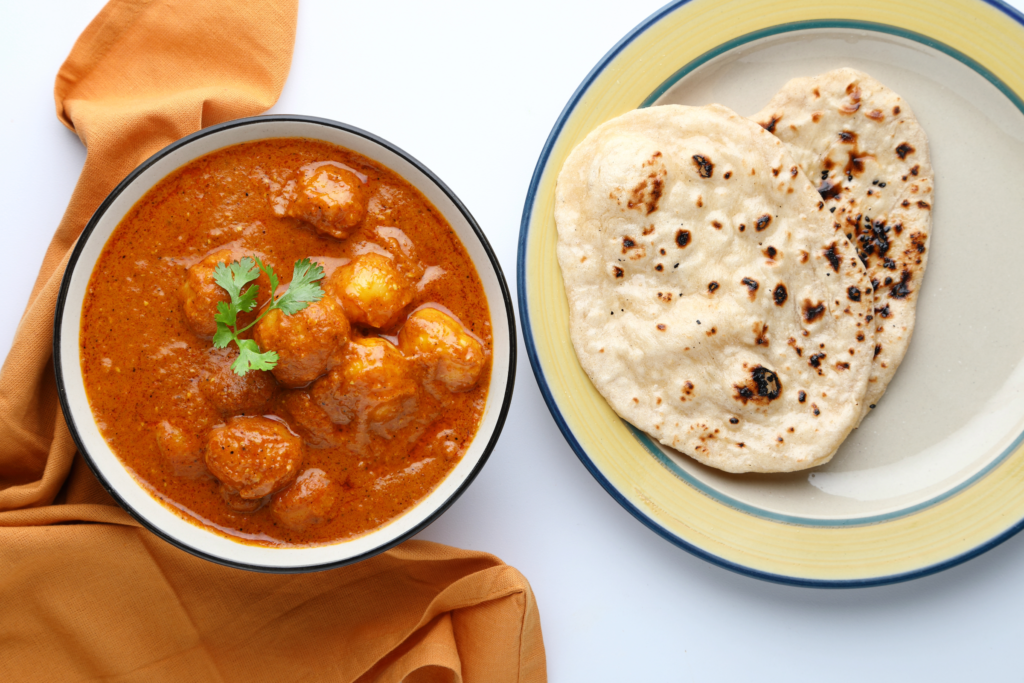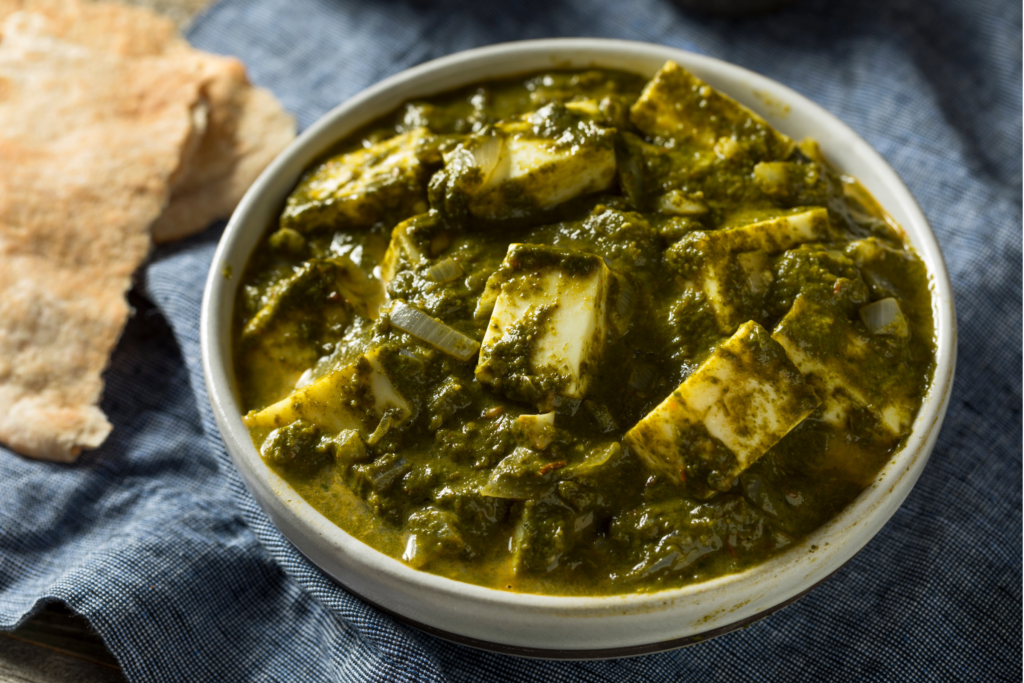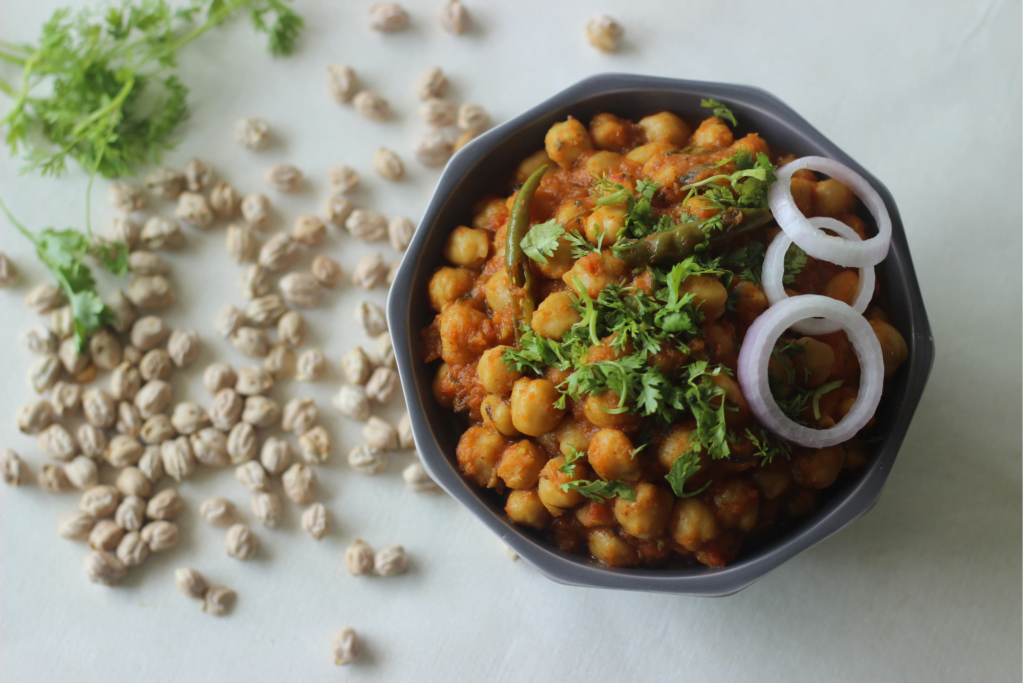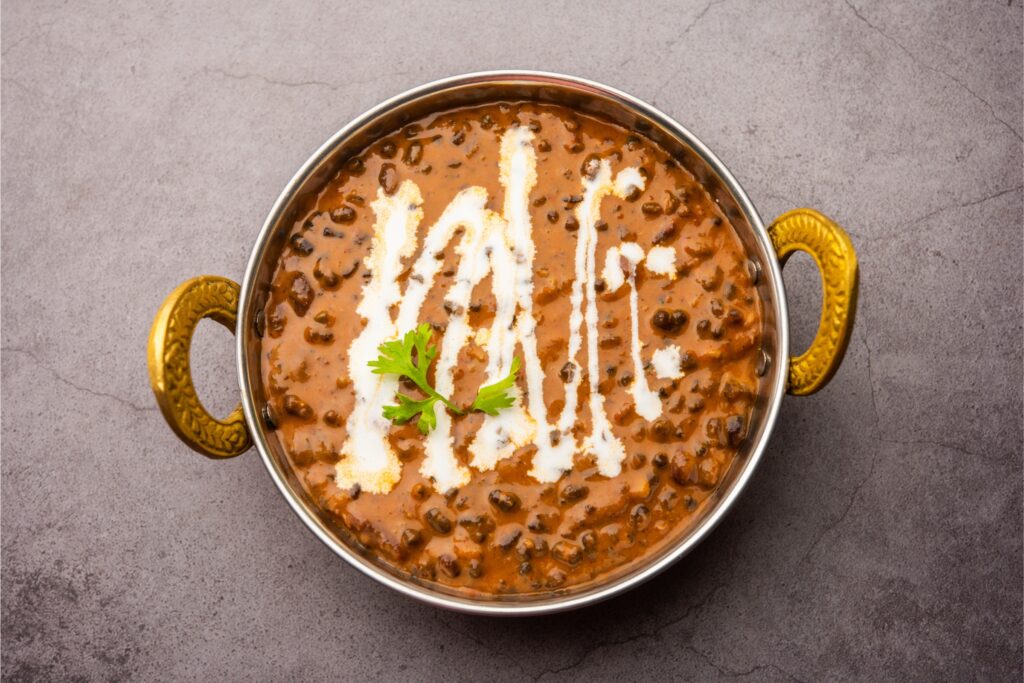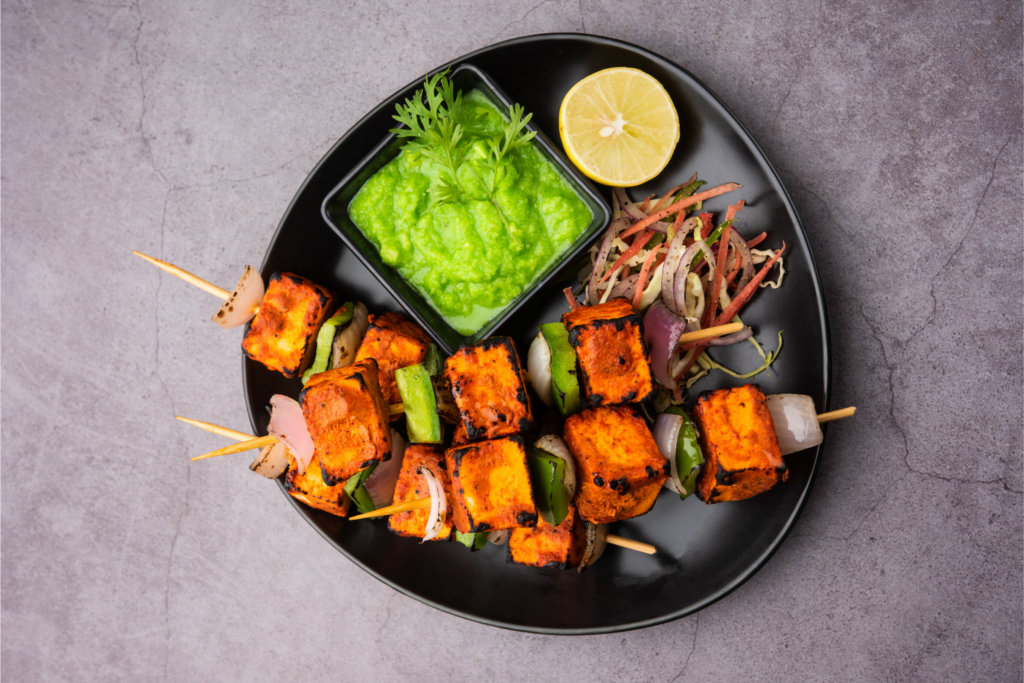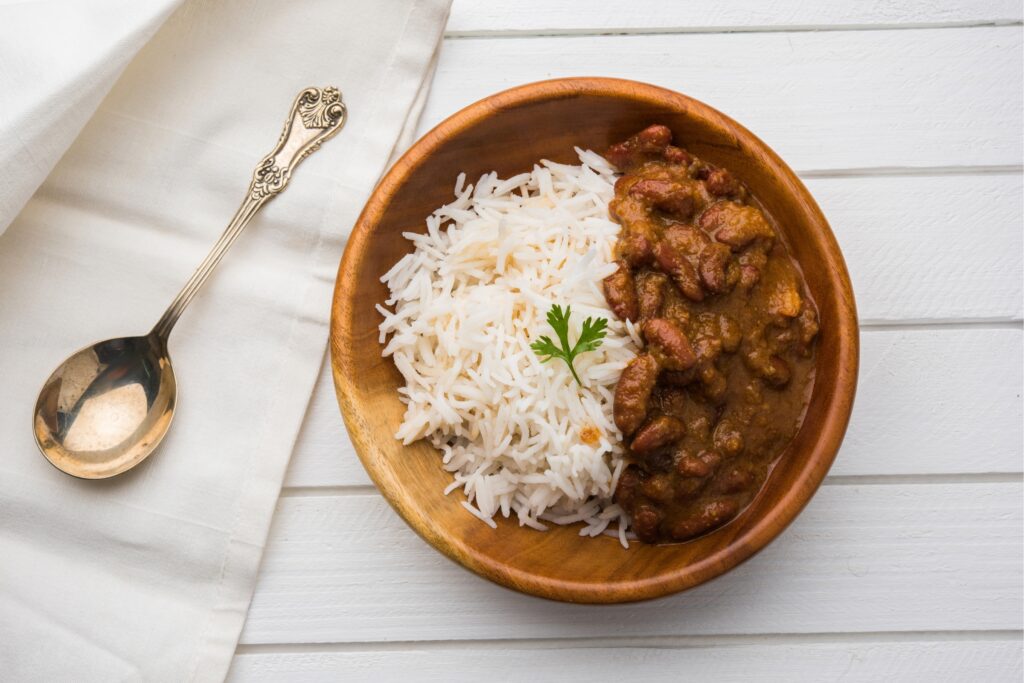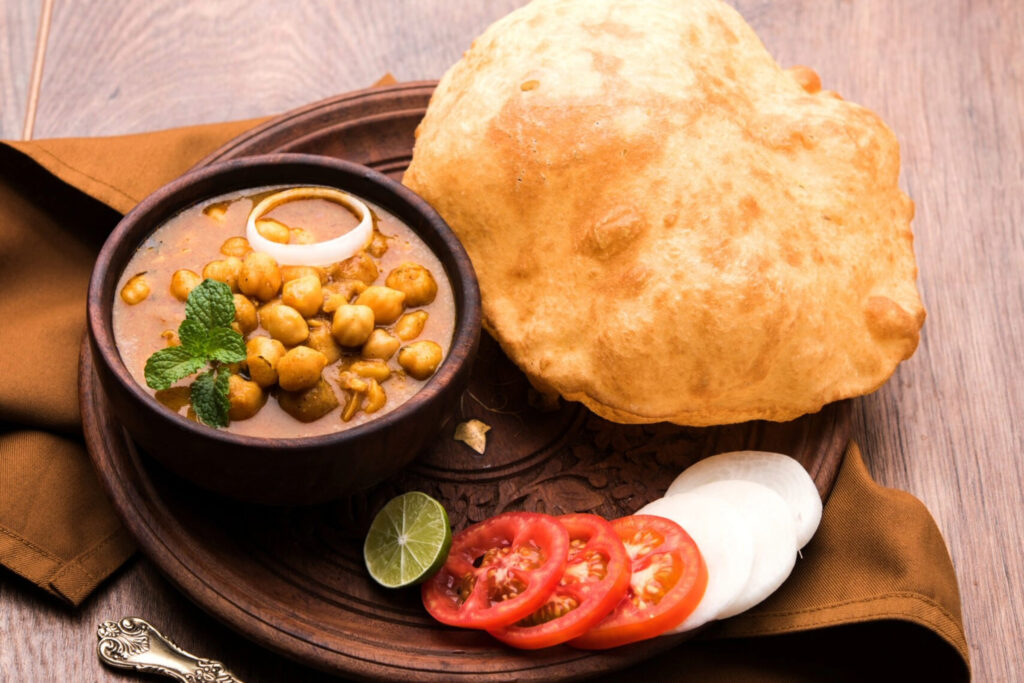Cuisines: North Indian
North Indian cuisine is a captivating and diverse culinary tapestry that reflects the rich history, royal legacies, and geographical diversity of the northern region of India. Known for its aromatic spices, creamy gravies, and tandoori delights, North Indian cuisine has gained worldwide popularity for its depth of flavors and culinary craftsmanship. Join us on a gastronomic journey through the heartland of India as we explore the key features, iconic dishes, and cultural significance of North Indian cuisine.
Key Features of North Indian Cuisine
- Spice Harmony: North Indian cuisine expertly balances a medley of spices, creating a symphony of flavors. Common spices include cumin, coriander, cardamom, cloves, and cinnamon, which are blended with precision to create unique spice profiles for each dish.
- Use of Dairy: Dairy products, such as ghee (clarified butter), yogurt, and cream, are extensively used in North Indian cooking. They lend richness, creaminess, and a delightful depth to many dishes.
- Bread Varieties: North India is renowned for its diverse range of bread, including naan, roti, paratha, and kulcha. These breads are an essential accompaniment to complement the savory gravies and kebabs.
Iconic North Indian Dishes
- Butter Chicken (Murgh Makhani): This luscious and creamy tomato-based curry, often featuring tender pieces of tandoori chicken, is a beloved North Indian classic known for its rich and buttery flavor.
- Biryani: North India’s take on biryani, whether it’s chicken, mutton, or vegetarian, is fragrant and aromatic. It’s a one-pot rice dish cooked with spices and succulent pieces of meat or vegetables.
- Tandoori Chicken: Tandoori cuisine is synonymous with North India, and tandoori chicken, marinated in yogurt and spices, and cooked in a clay tandoor oven, showcases the region’s mastery of grilling techniques.
- Chole Bhature: A popular street food, this dish features spicy chickpea curry (chole) served with deep-fried bread (bhature), creating a delightful contrast of textures and flavors.
Cultural Significance
- Festive Celebrations: North Indian cuisine plays a central role in festive celebrations and special occasions. Lavish feasts are prepared to mark festivals, weddings, and other important events, symbolizing hospitality and abundance.
- Royal Heritage: The cuisine is deeply influenced by the royal courts of North India, where royal chefs (khansamas) created elaborate and exquisite dishes to please the palates of kings and queens. Many recipes have been passed down through generations.
- Family and Community: Dining in North Indian culture is a communal experience, with families and friends gathering around the table to share meals. It fosters a sense of togetherness and connection.
North Indian cuisine is a celebration of tradition, flavor, and cultural heritage. Whether you’re indulging in the creamy decadence of butter chicken, savoring the aromatic delight of biryani, enjoying the smoky perfection of tandoori chicken, or relishing the spicy comfort of chole bhature, North Indian cuisine invites you to experience the rich tapestry of flavors that have been perfected over generations. It’s a culinary journey that captures the essence of North India’s cultural richness and culinary artistry.
Level :
Type :
Time :
Level :
Type :
Time :
Level :
Type :
Time :
Level :
Type :
Time :
Level :
Type :
Time :
Level :
Type :
Time :
Level :
Type :
Time :
Level :
Type :
Time :
Level :
Type :
Time :
Level :
Type :
Time :
